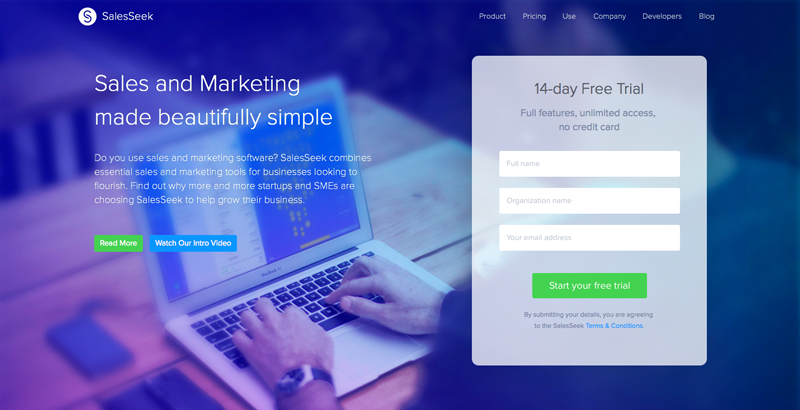Last night some of our team went along to Intercom’s first event for the launch of their world tour. London was their first stop and they have a long trip ahead of them with Berlin, Amsterdam, Seattle, New York, Toronto and Paris in the line up (to name a few)!
We use Intercom and for us, it’s a crucial tool to have as we develop our product. It’s important that we can communicate effectively with our clients and that they can easily access our team for support. Intercom provides that platform to enable us to do exactly that. So what valuable insights were on offer?
Before we answer that question let’s establish some context for those who aren’t familiar with Intercom.
Intercom – so who are these guys?
Intercom provides an in app messaging platform, making it easy for you and your customers to communicate, in a more personal way than say, a web form. They were founded in 2011, soon after they had $116 million in funding, 250+ employees and in 2015 they recorded a 4x growth in revenue. They have an office in Dublin and San Francisco with a growing user base of over 10,000. They seem to continue to grow and develop in the right way (perhaps because they use their own product?). Just last month they had another $50M being invested into their ongoing mission to bring customers the service they deserve. We all know customer service is important and these guys know how to do it, which is a win-win for user centric startups like us, not to mention customers that can now be happy and satisfied with their product experiences. The result? Customers feel empowered and have a sense of agency, even ownership over the products they use.



The sole focus of their world tour is ‘what it takes to make great product.’ So I thought I would chat to a few of the SalesSeek team that attended last nights event to hear their biggest insights and take aways. Before I do let me introduce them.
Anna
Previously Anna has been in the sales team at SalesSeek, however more recently she has joined the engineering team working as the Integration Developer. She can also make a lot of funny (or scary, depending who you are) cartoon like voices.
Josh
With a vast background in event management and marketing, Josh sits around the table as our Marketing Lead. He translates everything that get’s the internal team excited into beautifully simple outputs for the world to see. Josh implements things, not just at work but also by executing personal and lifestyle goals. Most of us wonder where the time and energy comes from.
Dale
Dale has recently joined the team in January this year and is dedicated to his Customer Success role making sure new and existing clients are getting everything they need. Dale taught all of us how to properly use the espresso machine which has made good coffee a lot more readily available. I’m not sure if this is a good or bad thing for productivity.

So now that we all know each other. What were the highlights? What were the big takeaway points for you? I asked this question to all three of my fellow colleagues and here is what they said.
Anna
Emmet Connoly shared an idea about entanglement, all eras of technology in parallel (augmentation, acceleration and connectivity) have led us to the ‘Entanglement Era’, in which Software Development companies are not entirely in control of their products effects, or even how it’s used. Now, the users have a key part in the development process, therefore a fundamental part of a great product is to listen to your audience! Research and seek out the best solution for their different needs to conceive what is the key pain point your product addresses (aka what makes that product great?). Jeff Gardner contributed to that by adding 3 elements of a customer experience:
1) Perception – your customers own interpretation of what the product does and what it solves.
2) Product – Make sure what you bring to the table is great.
3) Team – A great product is nothing without a great team that has a customer support focus, listening and interpreting feedback, and not only answering tickets.
Josh
What I found interesting was the panel’s discussion on pricing. To some people cutting down your prices when you’re struggling with adoption seems like a quick fix, however, this can have a significant effect on profit and loss, especially if you change your mind and want to increase pricing. It becomes hard to impossible. So my quick take away is: don’t undervalue yourself in the beginning because you will pay for it in the end. Have confidence your product will sell. Put pricing aside and take a look at some other elements. If you have to repeatedly convince someone, essentially coerce them into buying your product, then they are probably not a good fit. If this is the case 90% of the sales you are either targeting the wrong people or your product isn’t quite right.
Dale
I found Jeff Gardner’s keynote most insightful – ‘Who are you building for?’ As Anna touched on, his thoughts were around Perception, Product and People and the importance of linking your Customer Support team with your Product and Research teams. To be truly successful as a company you need to implement processes early on that allow these to operate together not as single entities. When you can have the individuals from each team understand one another’s issues (and ultimately the customers) is when you will build a better product.

If you missed the London event on May 5th, check to see if Intercom are coming your way over the next few months by visiting their events page here.
Take advantage of a 14-day free trial of SalesSeek. Start your free trial with SalesSeek today.

